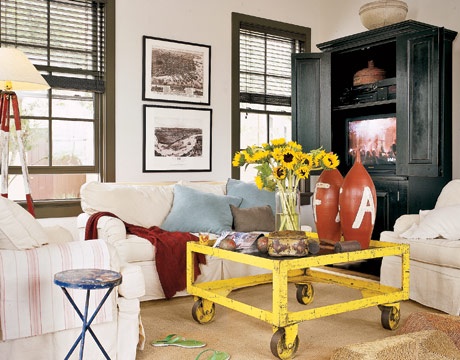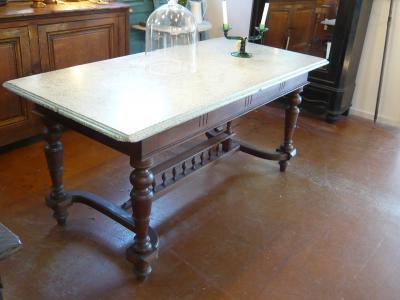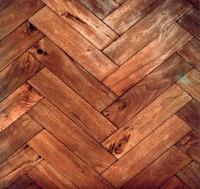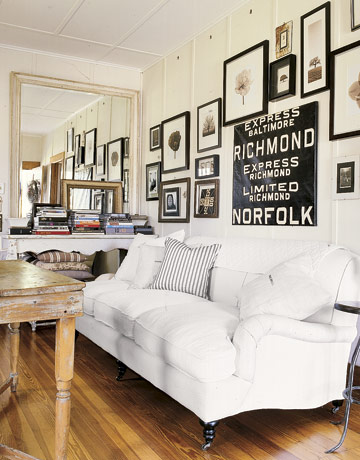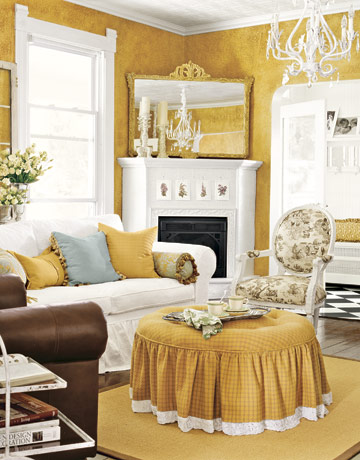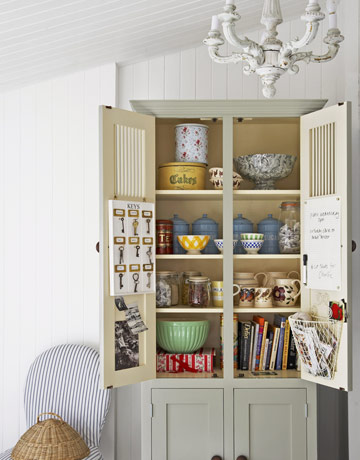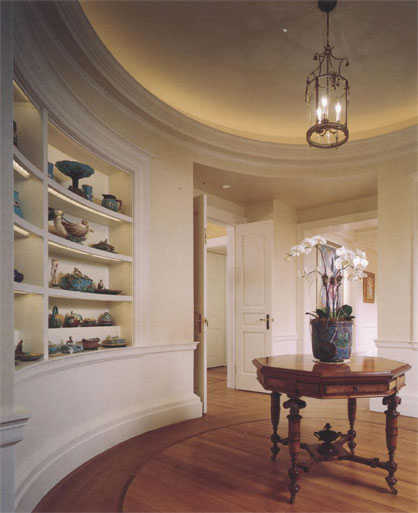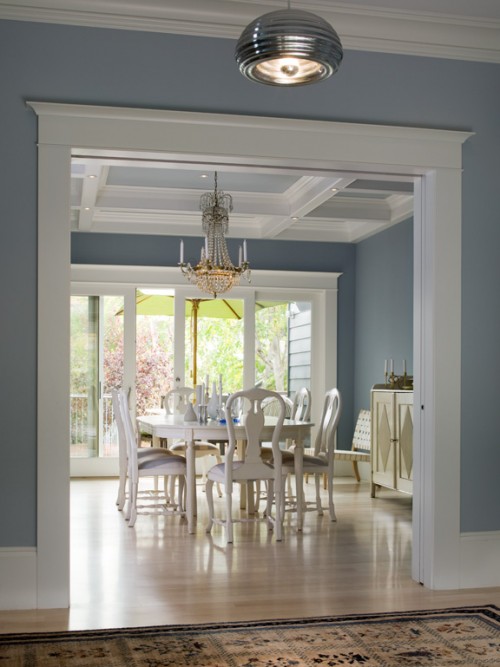We’re finally catching on…albeit slowly
For centuries, our contemporaries around the world have been perfectly content living in vintage buildings and homes. With peeling plaster walls, dramatic moldings and herringbone wood floors, these interiors are reminiscent of previous decades and remain intact for new generations to appreciate and enjoy. Americans, however, have long favored the “new” versus keeping or reinventing the “old”…It was, after all, how we were discovered and founded that instilled this behavior in our culture. Maybe the term “New World” was on too many advertisements back in the 1700’s!
Not all bad, remember, it was our determination to mass produce things more efficiently that allowed Henry Ford to popularize the assembly line for the model T. To this day, food, clothing, electronics, furnishings, to name a few, are still produced in a similar fashion.
In recent years, Americans are starting to realize the impact of our global “footprint” on the rest of the world. Combine that awareness with a crippled economy and we are witnessing a “light bulb” moment in American homeowners with more diligent spending and a furniture perspective in which “vintage” just became “new.”
Here are a few tips for incorporating this design aesthetic into your home:
1. Reuse what you have – Fashion a slipcover on an aging sofa, give an old dresser a fresh coat of paint or turn a few unworn clothing pieces into pillows. Collect unused furniture from relatives and friends to reuse in your home. Display a collection of mis-matched plates as art. Recycle old work equipment into colorful cocktail tables. Vintage looks don’t have to be drab or stuffy; add punches of color to offset the aged pieces.
2. Expect things to age gracefully – Marble, wood, cotton, limestone, bamboo, granite, wool are all natural materials and will not look the same in 15 or 30 years as they did when they were purchased That doesn’t mean they need to be thrown away or replaced. Think of the “scars” on your kitchen island as war wounds that should be proudly displayed to neighbors. Keep in mind, these materials have been used for centuries and will last as long as you will.
3. Purchase furniture as an investment – The value of antique furniture is endurance. Does IKEA have endurance? Seek out quality and you won’t have to re-purchase all your furniture every 4 years. This is especially true for upholstery and casegoods. Upholstered pieces can be recovered, restuffed and reborn. Wood pieces can be refinished numerous times. Do your homework and take care of your furniture to enjoy for decades.
4. Add architectural elements, better yet, buy an antique…house. St. Louis is fortunate to have a lot of beautiful homes with stunning architectural features inside and out. Why try to reinvent the wheel by building a brand new home? The amount of charm and character in an older home can far outweigh the costs of renovations if you choose wisely. If you are looking to add details to an existing home, crown moulding and door casings are the first place to start.
5. Last but not least, uncork a bottle & toast to your accomplishments!
Previously written by Kimberly for St. Louis AT HOME’s website. Read more of Kimberly’s work and view her portfolio at www.kimberlyreuther.com.

